The global pet trade in turtles represents a multi-million-dollar industry that connects wildlife from remote habitats to living rooms across the world. While captive-bred specimens are increasingly available, wild-caught turtles continue to comprise a significant portion of this market. These animals, plucked directly from their natural environments, raise profound ethical questions about our relationship with wildlife, conservation priorities, and animal welfare. The practice intersects complex issues of ecological sustainability, animal rights, human livelihoods, and the inherent value of keeping wild animals as companions. As turtle populations worldwide face mounting threats from habitat loss, climate change, and overcollection, examining the ethics of the wild turtle trade becomes increasingly urgent for consumers, conservationists, and policymakers alike.
The Scale of the Wild Turtle Trade

The global turtle trade represents a massive movement of animals, with estimates suggesting that millions of turtles change hands annually for pet, food, and traditional medicine markets. Countries like Indonesia, Madagascar, Brazil, and the United States serve as major source locations, with destination markets concentrated in Asia, Europe, and North America. According to research published in the journal Biological Conservation, more than 700,000 wild-caught turtles were legally imported into the United States alone between 2002 and 2012. These numbers fail to account for the substantial illegal trade that operates through black markets and online platforms, which likely doubles or triples the official figures. The sheer volume of this trade places enormous pressure on wild populations, with collection efforts often targeting the rarest and vulnerable species that command premium prices.
Conservation Impacts of Collection

Wild turtle collection creates profound ecological consequences that extend far beyond simple population reduction. Turtles typically exhibit slow growth, delayed sexual maturity, and low reproductive rates—a combination of life history traits that makes their populations extremely vulnerable to overcollection. When collectors remove adult breeding females, which are often preferred for their larger size, population recovery becomes nearly impossible even when collection ceases. Research on spotted turtles (Clemmys guttata) demonstrated that removing just two adult females per year from a population of 100 turtles led to functional extinction within decades. Beyond direct population impacts, turtles often serve as ecological engineers—freshwater species may disperse seeds, control aquatic vegetation, and provide nutrient cycling in wetland ecosystems, while tortoises create burrows that benefit numerous other species. Their removal can therefore trigger cascading effects throughout entire ecosystems.
Legal Frameworks and Enforcement Challenges

International turtle trade operates under a patchwork of regulations that vary dramatically in stringency and effectiveness. The Convention on International Trade in Endangered Species (CITES) provides some protection for approximately 165 turtle species, restricting or prohibiting their international commercial trade. However, many traded species remain unlisted, and illegal trafficking continues to flourish despite protection status. Enforcement presents persistent challenges, with customs officials often lacking training to identify protected species or distinguish wild-caught from captive-bred specimens. Even when illegal shipments are intercepted, authorities face the dilemma of what to do with confiscated animals, as repatriation to original habitats proves logistically difficult and potentially ecologically problematic. The situation is further complicated by inconsistent domestic legislation in many countries, creating loopholes that wildlife traffickers readily exploit.
Animal Welfare Concerns During Capture and Transport

The process of capturing and transporting wild turtles inflicts significant suffering that often goes undocumented. Collection methods frequently involve destructive habitat manipulation, such as draining wetlands or dismantling rock formations, which damages ecosystems beyond the targeted individuals. Once captured, turtles typically endure crowded, unsanitary conditions during transport, with mortality rates sometimes exceeding 50% before reaching their destination. Turtles may be stacked in cramped containers without food or water for days or weeks, leading to dehydration, injuries, and stress-related immunosuppression. Those that survive often arrive in severely compromised health, suffering from respiratory infections, shell rot, parasitic infestations, and metabolic disorders. These welfare concerns represent an ethical dimension entirely separate from conservation impacts, raising questions about whether such suffering can be justified for the pet trade regardless of population status.
Survival Rates in Captivity

Wild-caught turtles face significant challenges adapting to captive environments, resulting in high mortality rates that undermine ethical justifications for the trade. Unlike captive-bred specimens born into artificial settings, wild turtles must suddenly adjust to dramatic changes in diet, temperature, lighting, substrate, and water quality. Many species never fully acclimate to these changes, with studies indicating first-year mortality rates of 50-90% for certain wild-caught species. Even those that survive initially often develop chronic health issues from stress-related immunosuppression, including respiratory infections and shell diseases that may manifest months after purchase. This high failure rate means that for every successfully established pet turtle, multiple others likely perished—a hidden cost rarely acknowledged by the industry. Specialist species with specific dietary or environmental requirements, such as soft-shelled turtles or certain forest tortoises, show particularly poor survival outcomes in typical pet situations.
Socioeconomic Factors in Source Communities

The wild turtle trade creates complex socioeconomic dynamics in collection areas, where it may simultaneously provide crucial income and deplete valuable natural resources. In many rural communities across Southeast Asia, South America, and Africa, turtle collection offers one of few available income sources, with middlemen paying collectors a fraction of the final market value. Field research in Madagascar found turtle collectors earning approximately $2-5 per day—significant income in regions where average daily wages may be under $1. This economic reality complicates simplistic moral judgments about collection activities, as banning trade without addressing underlying poverty may prove ineffective or unjust. However, the short-term economic benefits often come at the expense of long-term sustainability, as depleted turtle populations eventually collapse, eliminating both ecological services and potential sustainable income from ecotourism or regulated harvesting programs.
Alternatives: Captive Breeding Programs

Captive breeding represents a potential ethical alternative to wild collection, though its implementation raises complications. Successful captive breeding programs exist for many common pet species like red-eared sliders, eastern box turtles, and Russian tortoises, demonstrating that sustainable production without wild collection is feasible. These operations potentially reduce pressure on wild populations while still satisfying consumer demand for pet turtles. However, captive breeding introduces new ethical concerns, including genetic bottlenecking when breeding stock originates from limited wild-caught founders, potential disease development in artificial conditions, and the risk of creating market demand for species that weren’t previously commercially valuable. Additionally, captive breeding operations sometimes operate as laundering mechanisms for wild-caught specimens, particularly for species that reproduce slowly or have complex breeding requirements that make commercial-scale breeding economically challenging.
The Role of Consumer Education

Consumer education represents a crucial yet underdeveloped approach to addressing ethical issues in the turtle trade. Research consistently shows that most turtle purchasers receive minimal information about their pet’s origin, care requirements, or conservation status, with one survey finding that over 70% of buyers were unaware whether their turtle was wild-caught or captive-bred. This knowledge gap creates a situation where even ethically-minded consumers inadvertently support problematic practices. Effective education initiatives would inform potential owners about species-appropriate care, expected lifespan (which may exceed 50 years for some species), and how to verify captive-bred status through reputable sources. Beyond point-of-sale information, broader educational campaigns highlighting the ecological importance of turtles in their native habitats could help shift cultural perspectives away from viewing these animals primarily as commodities. The rise of social media platforms offers new opportunities for spreading awareness about turtle conservation issues to audiences who might otherwise remain uninformed.
Regulatory Solutions and Industry Standards

Improving regulatory frameworks offers a pathway toward more ethical turtle trade, though implementation challenges remain substantial. Potential policy improvements include expanding CITES listings to cover additional threatened species, establishing traceability systems that track turtles from collection to final sale, implementing size restrictions to prevent juvenile collection, and creating seasonal closures during breeding periods. The most promising approaches combine multiple strategies, such as Indonesia’s quota system that limits collection quantities while incentivizing captive breeding through reduced permit fees. Industry self-regulation also shows potential, with organizations like the Pet Industry Joint Advisory Council developing voluntary standards for humane care and sustainable sourcing. These efforts could be strengthened through independent certification programs similar to those used for sustainable seafood, allowing consumers to identify responsibly sourced animals. However, without consistent international enforcement, regulatory improvements risk simply shifting collection pressure to regions with weaker governance.
Cultural and Philosophical Dimensions

The ethics of the wild turtle trade extends beyond practical considerations into deeper philosophical questions about human-animal relationships. Different cultural traditions hold varying perspectives on the morality of keeping wild animals as pets, with some viewing it as a connection to nature and others as an inappropriate form of domination. Indigenous communities often maintain traditional collection practices governed by cultural protocols that limit overharvesting, contrasting with commercial collection motivated primarily by profit. Western philosophical traditions offer multiple frameworks for evaluating the ethics of the trade—utilitarians might focus on minimizing suffering for the greatest number of animals, rights theorists might argue that wild turtles have an inherent right to freedom in their natural habitats, while virtue ethicists might question whether keeping wild-caught animals cultivates positive character traits. These philosophical dimensions acknowledge that the issue involves not just what is sustainable or legal, but what kind of relationship with wildlife reflects our highest values.
Case Studies: Success Stories and Cautionary Tales

Examining specific case studies provides concrete illustrations of both failures and successes in addressing wild turtle trade issues. The collapse of the Roti Island snake-necked turtle (Chelodina mccordi) offers a sobering example—discovered by science in 1994, the species was commercially extinct in the wild by 2000 due to unregulated collection for the pet trade. Conversely, the North American wood turtle (Glyptemys insculpta) demonstrates a more positive trajectory—after population declines from overcollection, coordinated conservation action including trade restrictions, habitat protection, and targeted enforcement led to stabilization in many regions. Vietnam’s efforts to address Asian box turtle decline through a combination of strengthened anti-trafficking enforcement, development of registered breeding facilities, and alternative livelihood programs for former collectors have shown promising initial results. Brazil’s program using microchips to track legally harvested yellow-spotted river turtles provides a technological model for distinguishing legal from illegal specimens. These diverse approaches highlight that solutions must be tailored to specific contexts rather than applying one-size-fits-all approaches.
The Keeper’s Ethical Responsibility

Those who choose to keep turtles as pets bear significant ethical responsibilities that extend beyond basic care requirements. Ethical turtle keeping begins with sourcing decisions—prioritizing captive-bred specimens from reputable breeders who can provide documentation of origin, or adopting rehomed turtles from the many that are abandoned each year. Once acquired, responsible keepers commit to providing species-appropriate conditions that allow natural behaviors, recognizing that meeting minimal survival requirements differs substantially from facilitating thriving. This commitment includes researching natural history, creating naturalistic enclosures that accommodate growth to adult size, providing varied and nutritionally complete diets, and maintaining proper temperature gradients and UVB exposure. Additionally, ethical keeping involves planning for the animal’s entire potential lifespan, which may exceed the owner’s, through estate planning that ensures continued care. Perhaps most importantly, ethical keepers become advocates for conservation, supporting initiatives that protect wild populations of their chosen species.
Future Directions and Integrated Solutions

Addressing the ethical challenges of the wild turtle trade requires integrated approaches that acknowledge interconnected ecological, economic, and social dimensions. Promising future directions include development of community-based conservation initiatives that provide sustainable livelihoods while protecting turtle populations, such as Indonesia’s iRAWan project where former collectors become paid conservation monitors. Technological innovations like environmental DNA sampling to assess wild population health, blockchain-based tracking systems for legal specimens, and genetic testing to verify captive breeding claims could strengthen regulatory frameworks. Expanded research into captive breeding techniques for specialist species could reduce pressure on wild populations while satisfying market demand. Most critically, collaborative approaches bringing together consumers, industry representatives, conservation organizations, and communities in source countries offer the best hope for solutions that balance competing interests. The complexity of these challenges requires moving beyond simplistic prohibitions toward nuanced strategies that address root causes while respecting diverse stakeholder perspectives.
Conclusion

The wild turtle trade presents a complex ethical landscape without simple solutions. As we’ve explored, the issues extend far beyond binary questions of legality into nuanced considerations of ecological sustainability, animal welfare, human livelihoods, and cultural values. While the current system contains significant ethical problems—including unsustainable collection, animal suffering, and high mortality rates—pathways toward improvement exist through strengthened regulations, consumer education, captive breeding advancements, and community-based conservation initiatives. Moving forward requires acknowledging that ethical progress will come not through absolutist positions but through thoughtful engagement with diverse perspectives and commitment to balancing human needs with responsibility toward both individual animals and ecosystems. For potential turtle keepers, the most ethical choice remains prioritizing captive-bred or rescued specimens while supporting conservation efforts that protect wild populations for future generations.

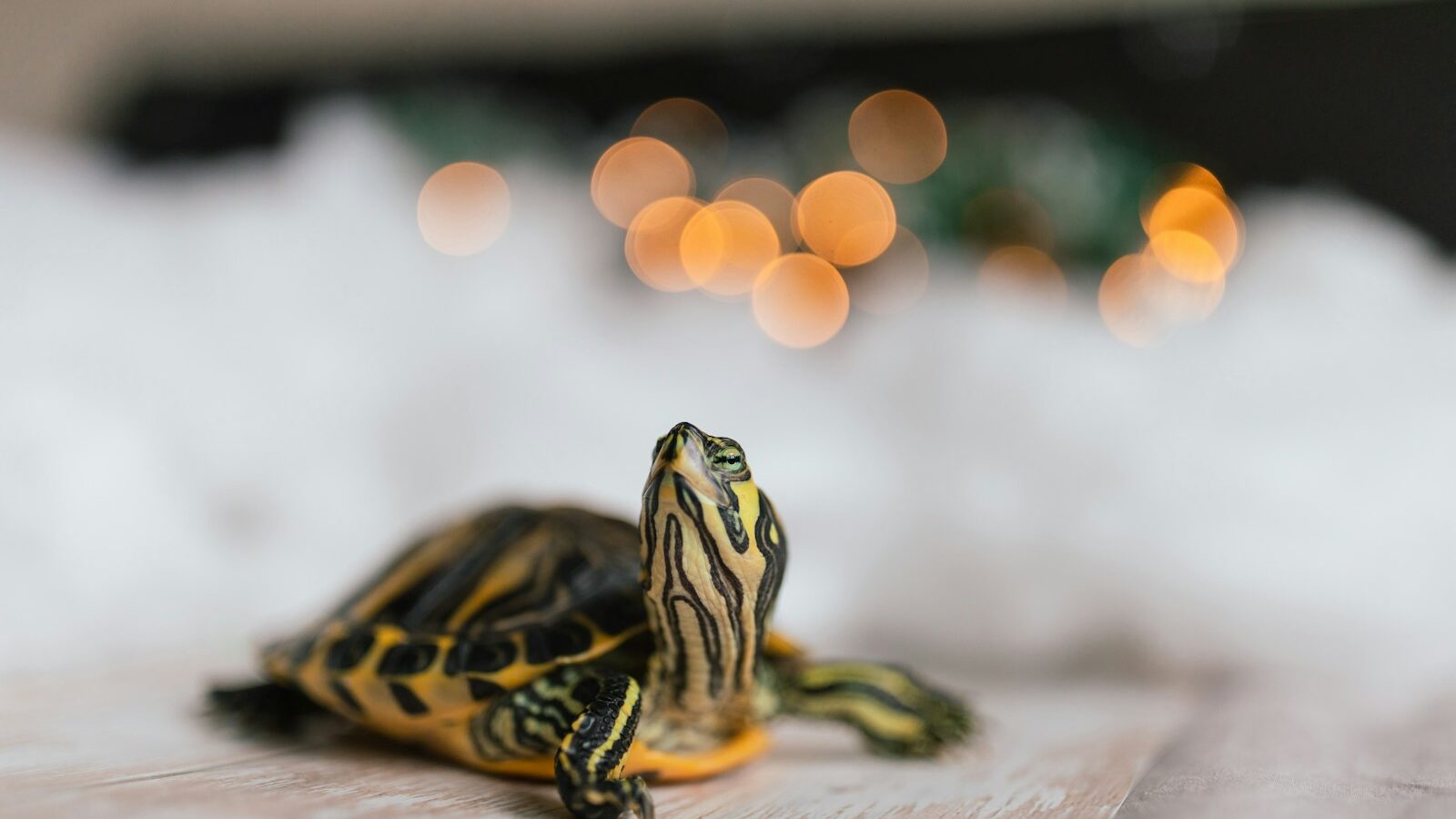
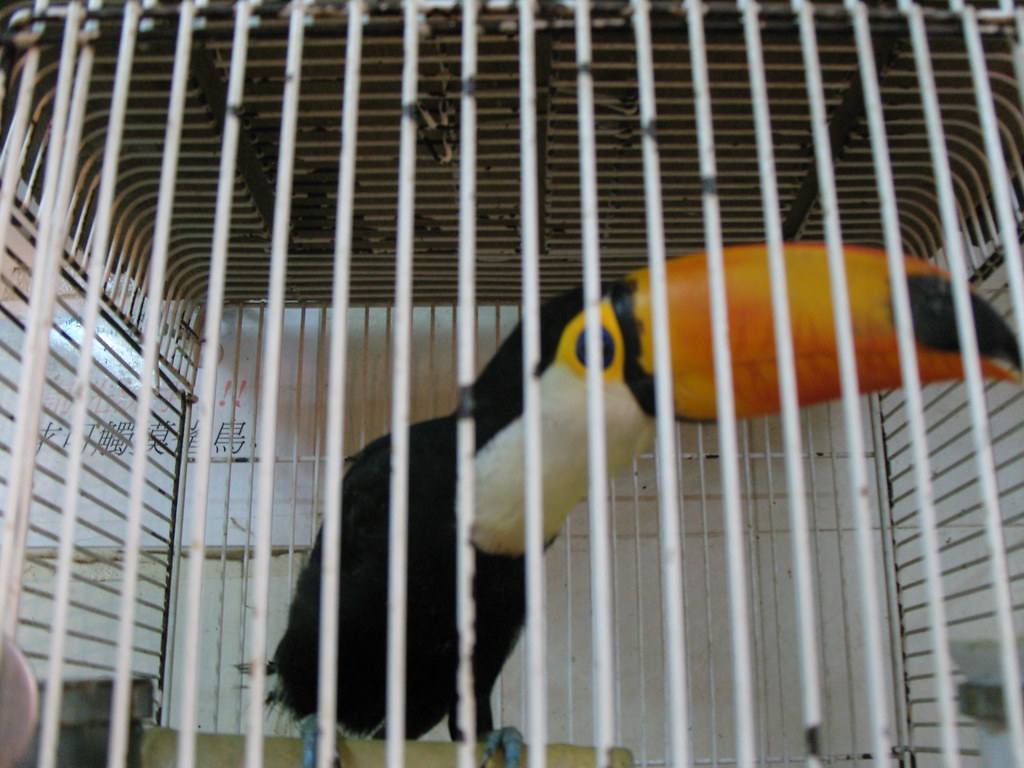
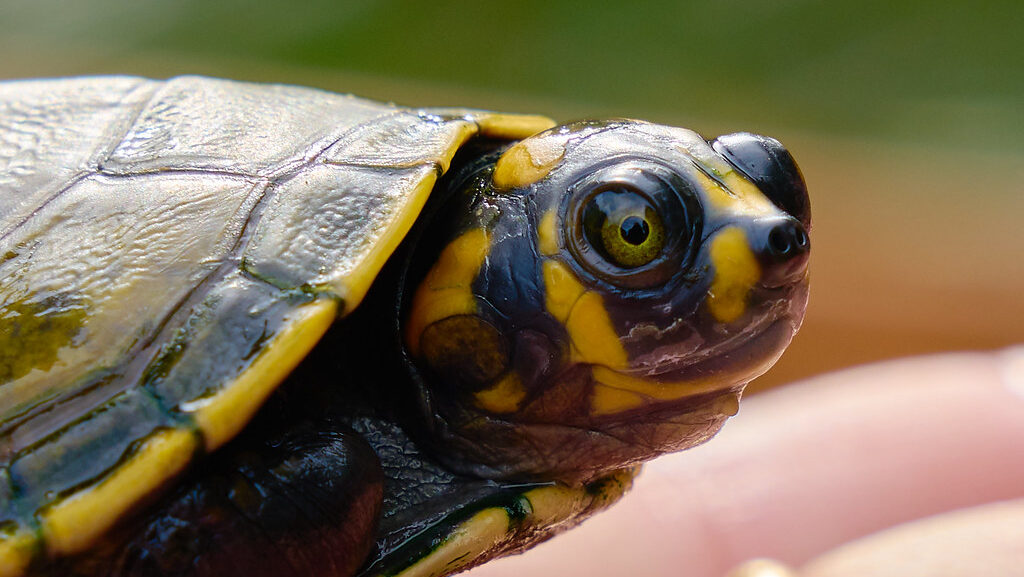
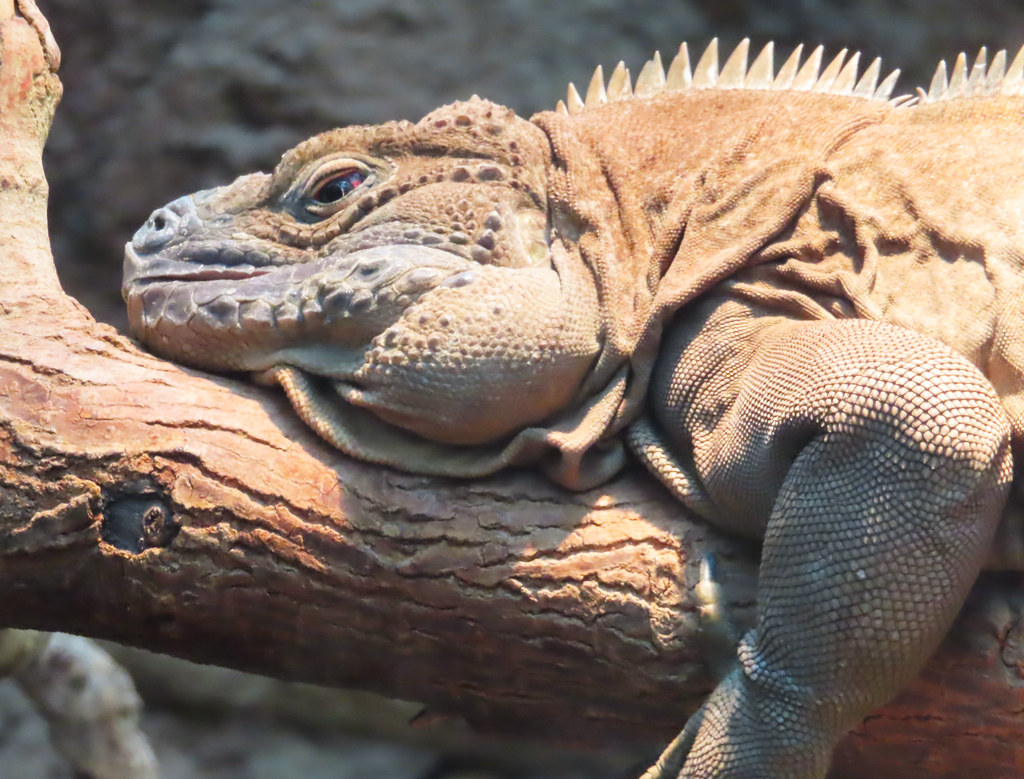

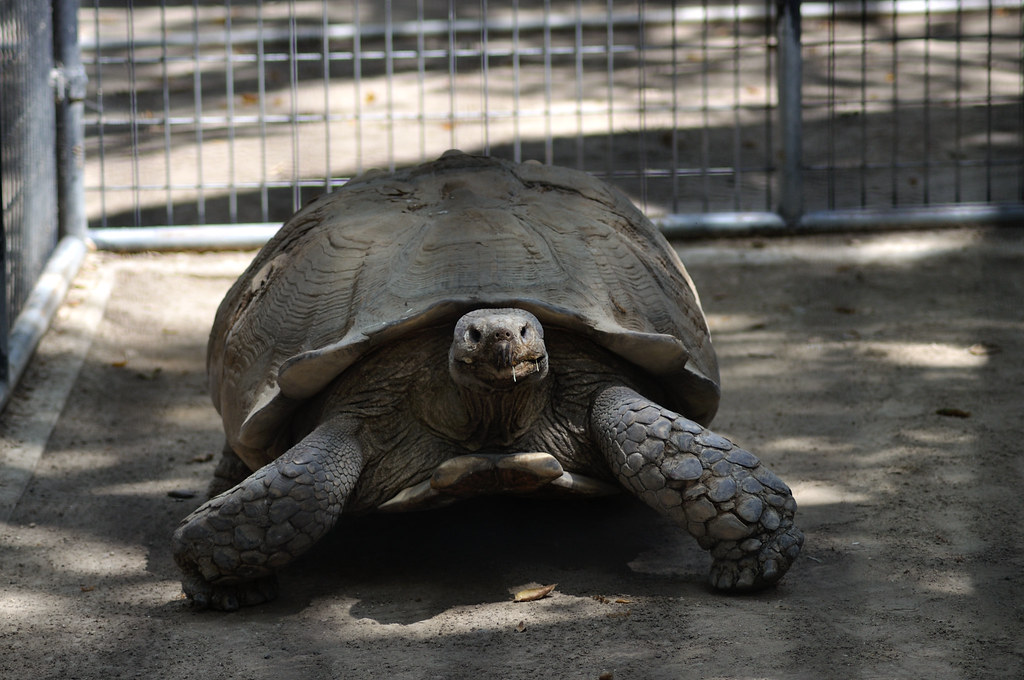
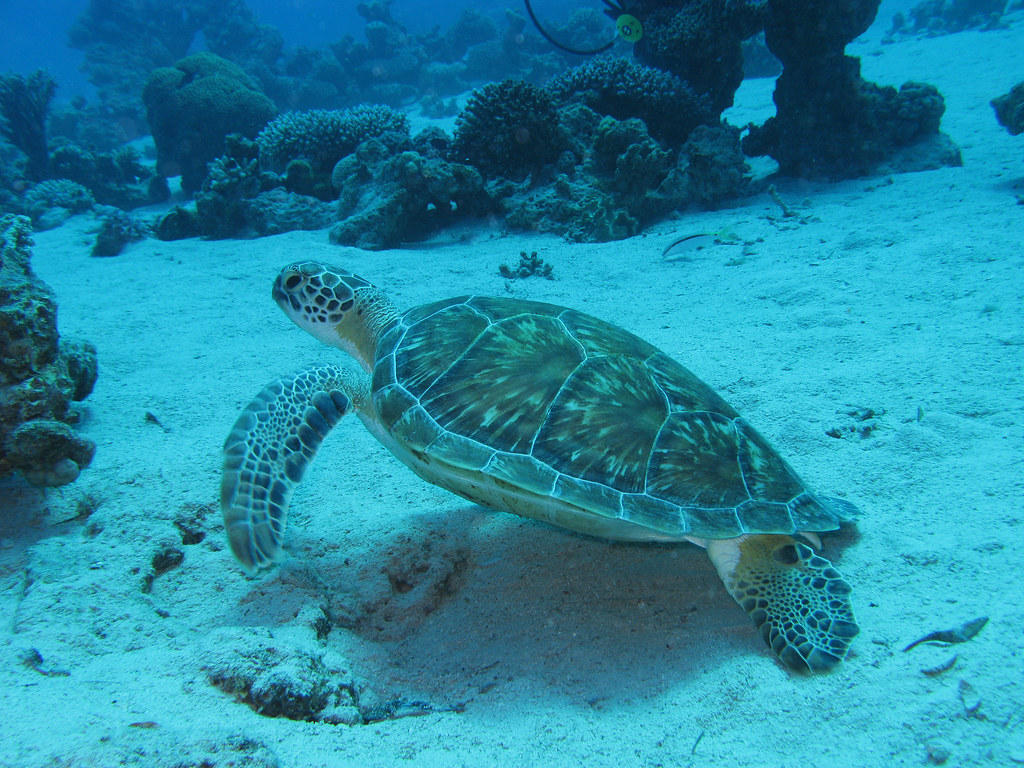


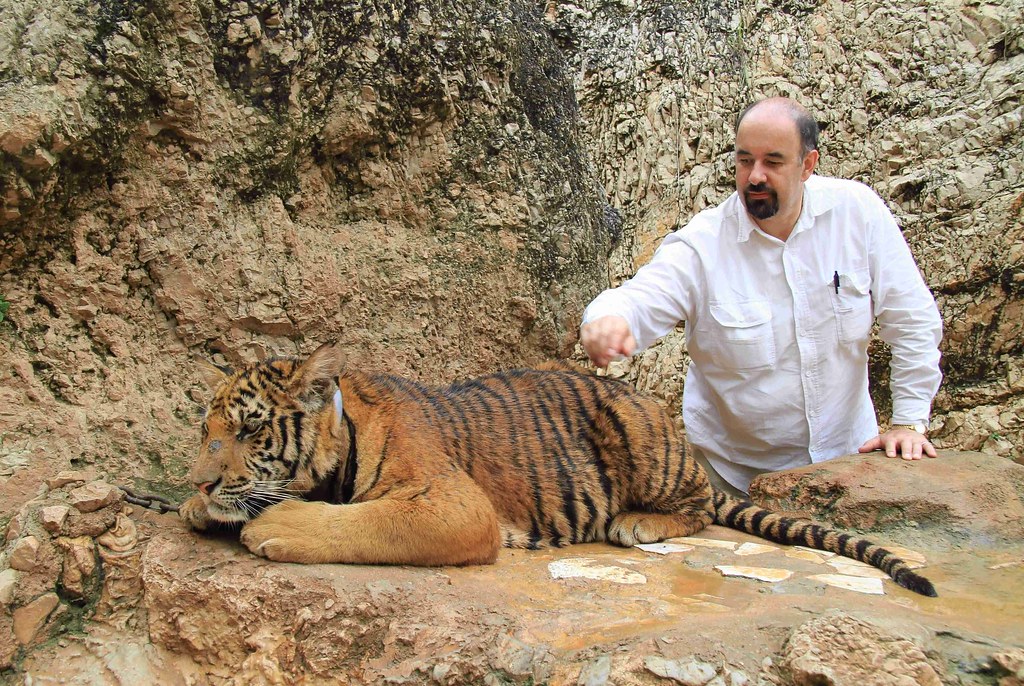
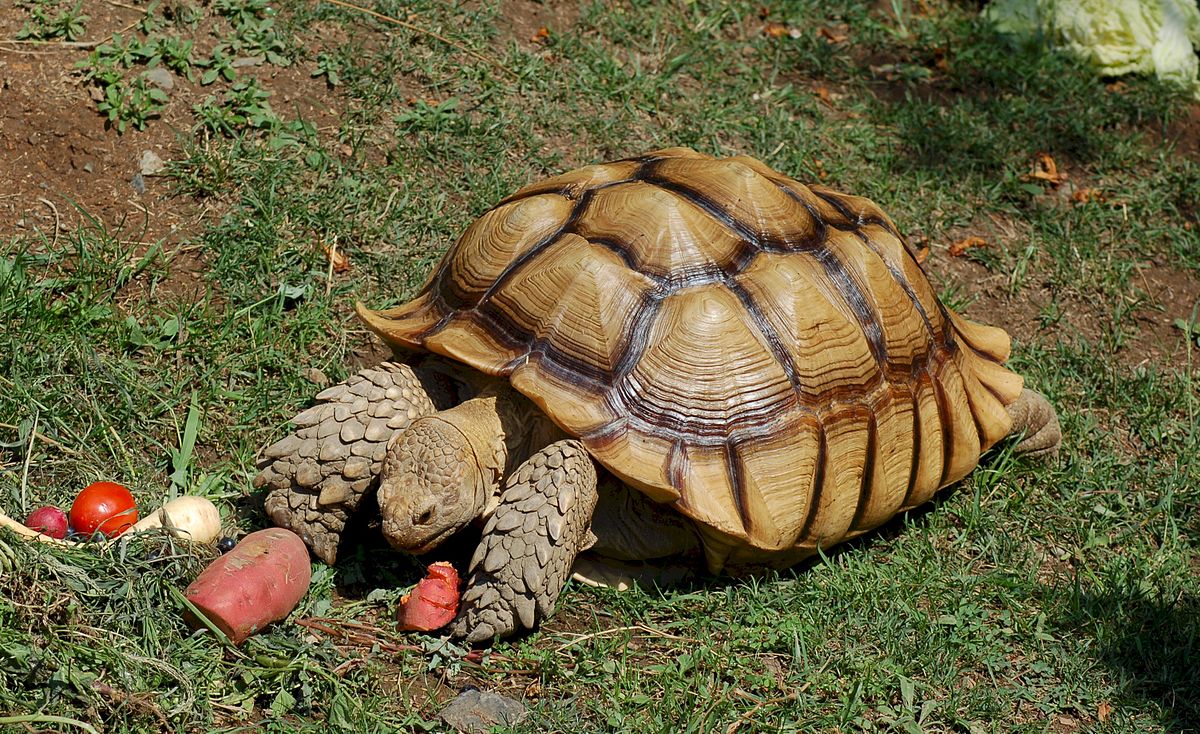




Leave a Reply